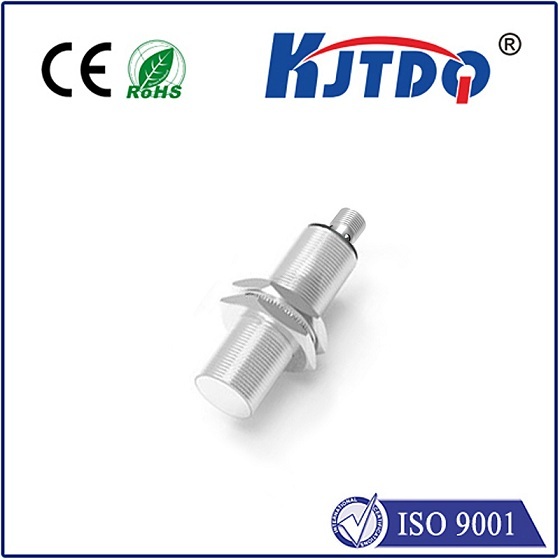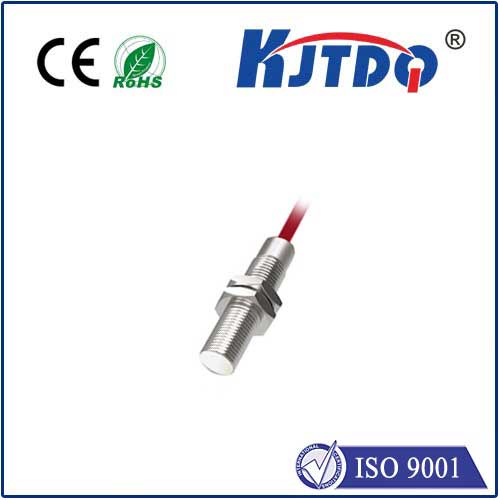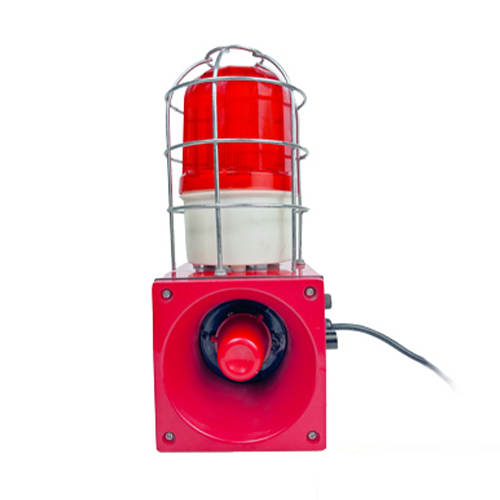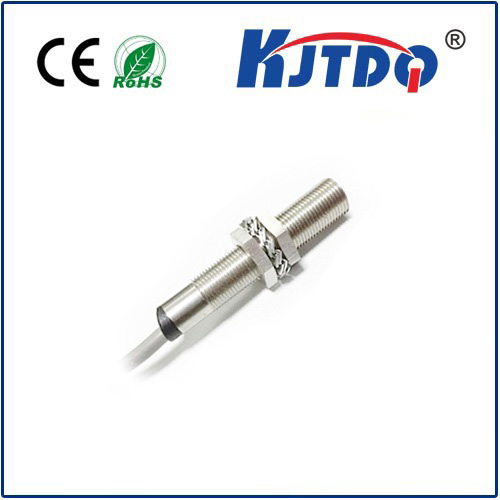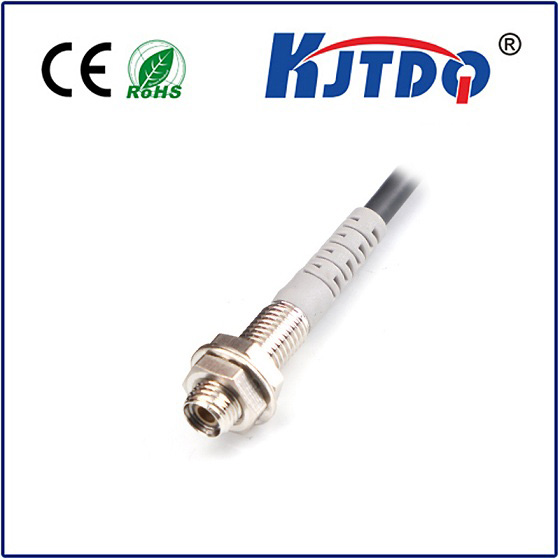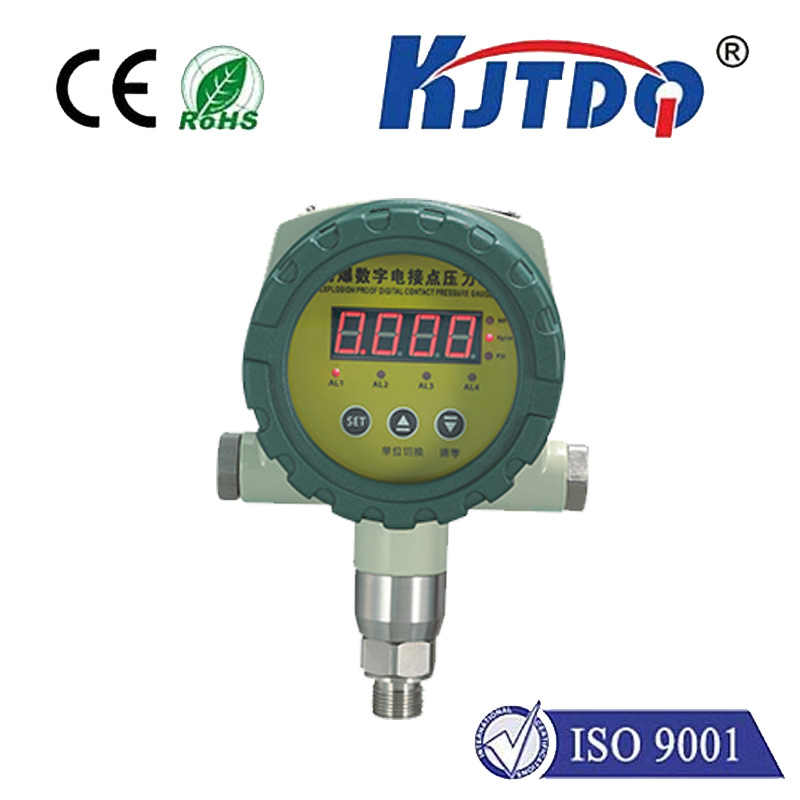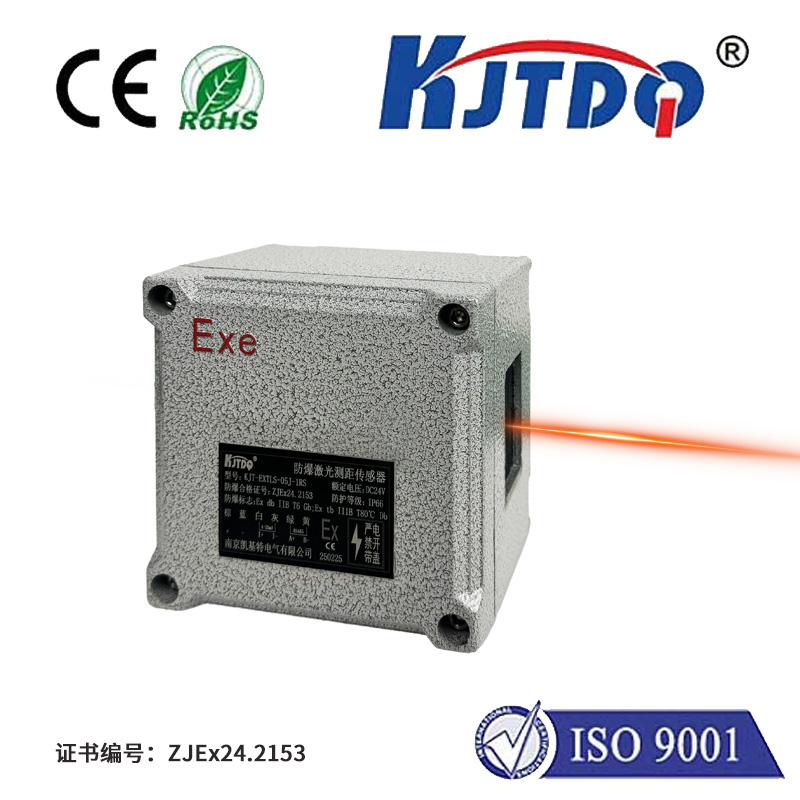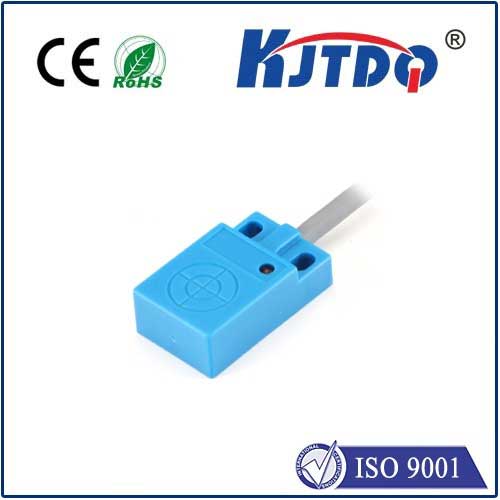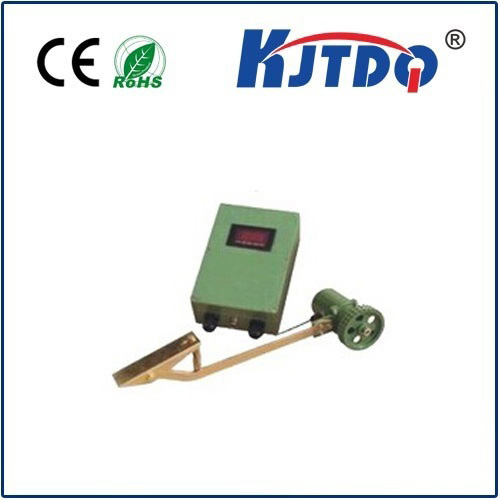

check

check

check

check
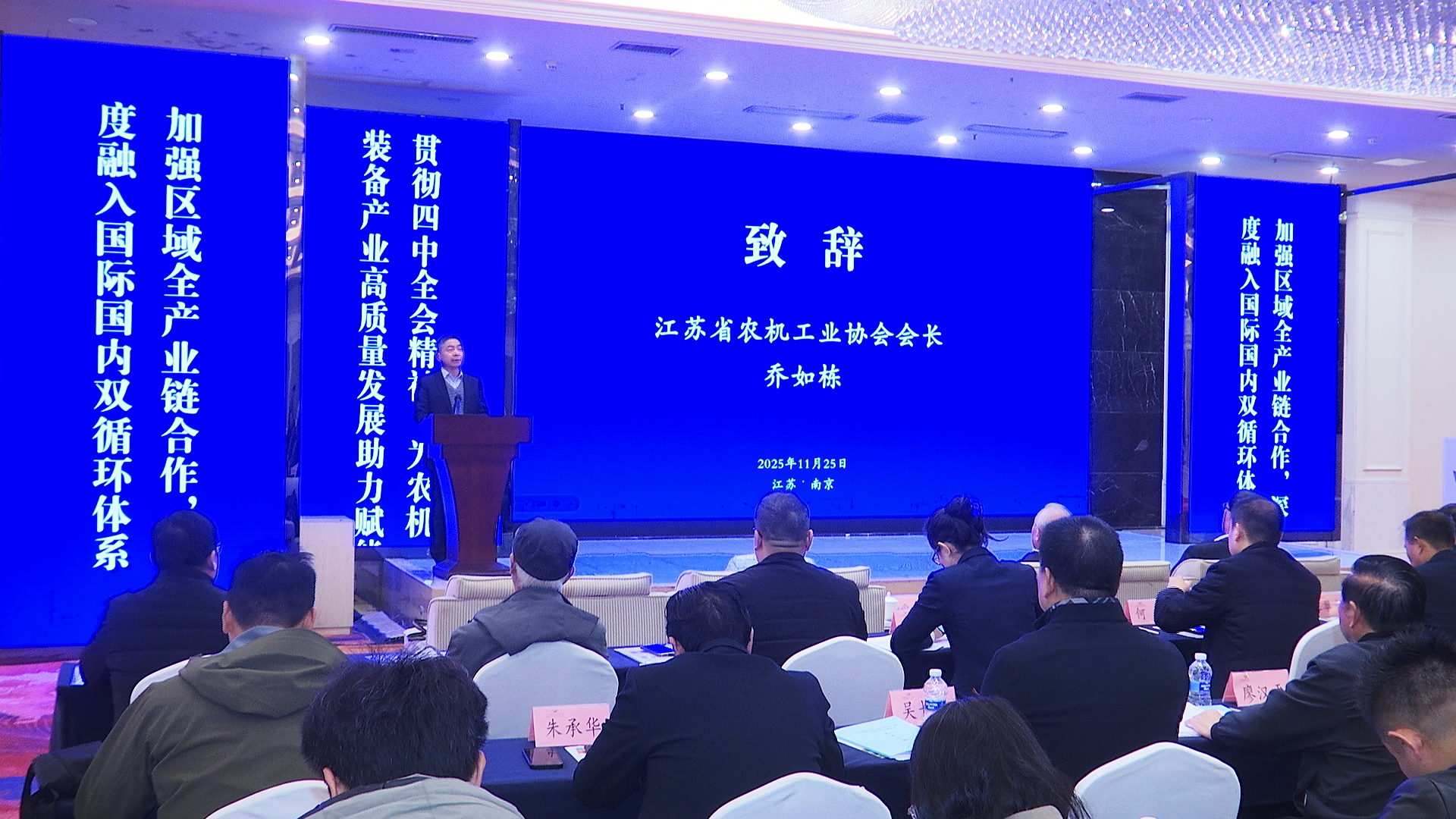
check

check
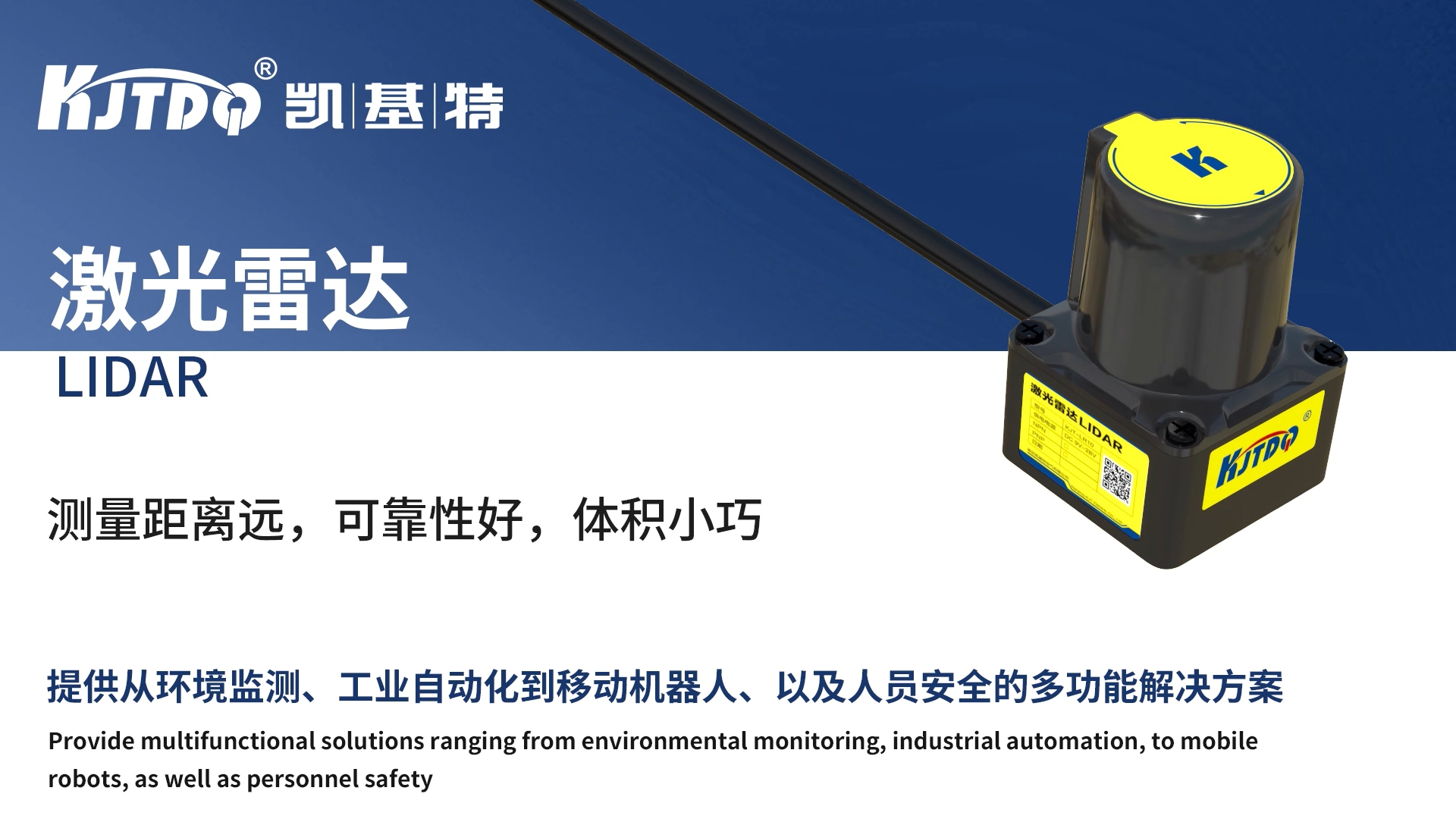
check

check

check

check
Imagine a robotic arm assembling delicate electronics. It moves with incredible speed and precision, but what stops it from crashing violently into its own workbench? Or picture a massive industrial press – how does it know to retract before crushing the tooling underneath? Often, the unsung hero in these scenarios, providing that vital “STOP!” signal at precisely the right moment, is a Push Limit Switch. This humble electromechanical device remains a cornerstone of safety and control in countless automated systems, offering reliability where it matters most.
What Exactly Defines a Push Limit Switch?
At its core, a push limit switch is a type of sensor activated by direct physical contact or pressure. Unlike proximity sensors that detect objects without touch, a push limit switch requires an object (or actuator) to physically depress its operating head or plunger. This mechanical action moves internal contacts, changing their state—typically opening (NO) or closing (NC) an electrical circuit. This change sends a clear signal to the machine’s controller (PLC, relay, etc.), triggering a predefined action: stopping movement, reversing direction, activating a sequence, or initiating a safety shutdown.
It’s this fundamental “push-to-act” principle that makes it so versatile and dependable. The force required can range from a very light touch to withstand significant impact, depending on the design and application requirements. The mechanism itself is straightforward, translating straightforward physical motion into a definitive electrical command.
Core Components and How They Work Together

Understanding the inner workings demystifies its reliability:
The “Snap-Action” Advantage: This is critical. Over-travel occurs when the pushing object moves further than needed to actuate the switch. High-quality push limit switches are designed with this in mind, allowing significant over-travel without damage. The snap-action mechanism ensures the contact transition is rapid and decisive, regardless of how slowly or quickly the actuator is depressed, preventing contact welding and providing unambiguous signaling.
Where Are Push Limit Switches Indispensable?
Their applications are vast, spanning nearly every industry involving machinery:
Selecting the Perfect Push Limit Switch: Key Considerations
Choosing the right one isn’t a one-size-fits-all proposition. Key factors include:
The Future of Push Limit Switches: Enduring Relevance
While solid-state sensors proliferate, the fundamental reliability and failsafe nature of a well-designed push limit switch ensure its continued dominance, especially in safety-critical applications. Their purely mechanical action provides a definitive state change that’s easily diagnosed. Modern innovations focus on enhanced materials for longevity, miniaturization, integration with IO-Link for smarter diagnostics and parameterization, and hybrid designs incorporating both mechanical contacts and electronic signaling. The core principle, however – a simple, physics-based “push” triggering a vital control action – remains timeless.
In essence, the push limit switch exemplifies elegant simplicity in a complex world. It performs a vital, often unseen, function: translating a definitive physical event into an equally definitive electrical command. Whether ensuring a worker’s safety by halting a machine when a guard is opened or guaranteeing a robot arm stops precisely at its programmed endpoint, this robust sensor plays a pivotal role in the smooth, safe, and efficient operation of modern automation. Its straightforward design, proven reliability, and adaptability solidify its place as an essential component on the factory floor and beyond.

